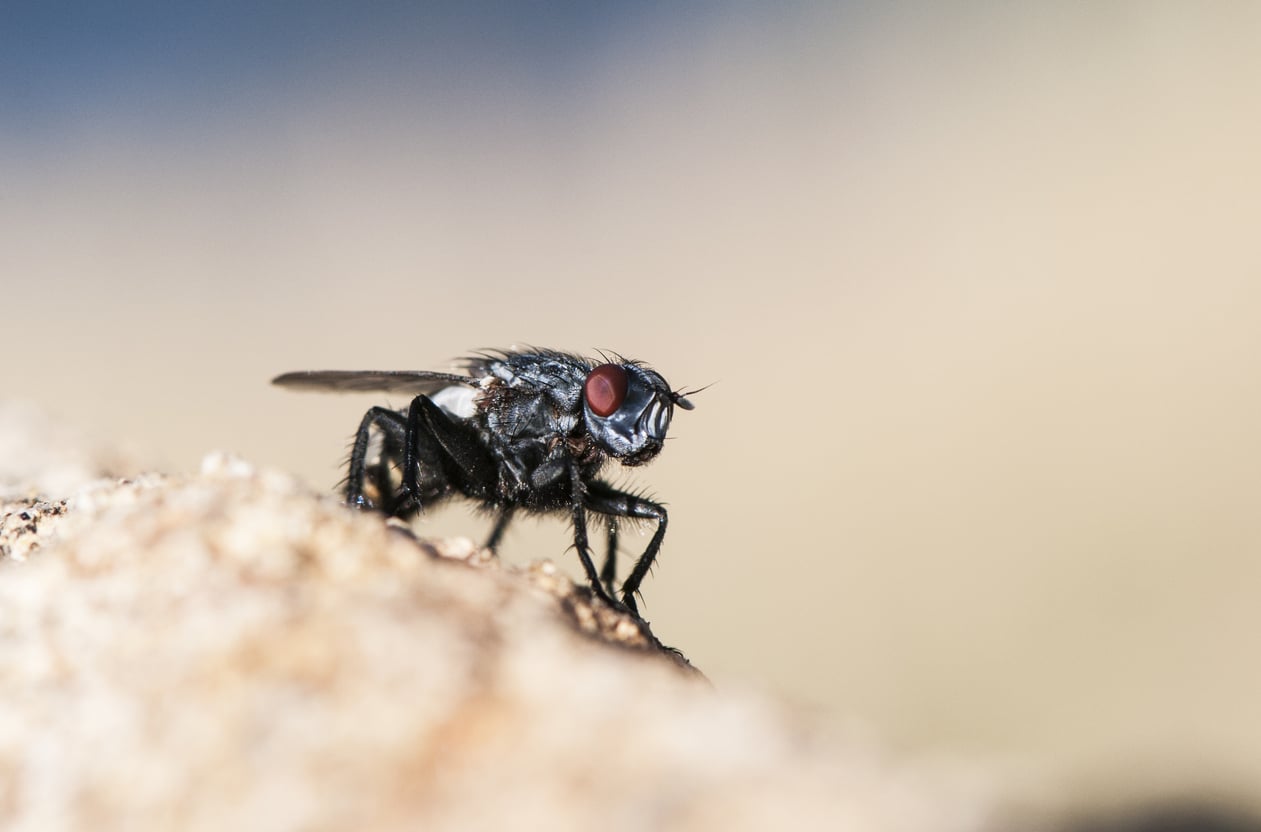Symptoms of Melanoma

Melanoma is a serious form of skin cancer that can be life-threatening. It is important to detect melanoma early, as it can spread quickly if not treated promptly. Melanoma often appears as a dark or black mole on the skin. However, it can also occur in other areas of the body, such as the lining of the mouth or anus. If you notice any changes in your skin, including new moles or changes in existing moles, you should see a doctor right away. Treatment for melanoma may include surgery, radiation therapy, and/or chemotherapy. With early detection and treatment, many people with melanoma are able to make a full recovery. In this blog post, we will discuss the symptoms of melanoma and what you can do to protect yourself from this disease.
Melanoma
When it comes to diagnosing melanoma, symmetry is key. In other words, if you have a mole that is asymmetrical, it is more likely to be cancerous. This is because cancerous cells tend to grow in an irregular pattern, while healthy cells are more evenly distributed. As such, a mole that is asymmetrical is more likely to be cancerous and should be checked by a doctor as soon as possible. While this is not the only sign of melanoma, it is one of the most important ones to look out for. So if you notice a new mole or one that has changed shape, be sure to get it checked out by a doctor.
Border
One way to detect melanoma early is to look for changes in the border of a mole. A healthy mole will have a well-defined border, but if the border starts to become blurred or irregular, it could be a sign of melanoma. Additionally, changes in the color or size of a mole may also be an indication of skin cancer. If you notice any changes in your moles, it's important to see a doctor right away for a diagnosis. Early detection is key to successful treatment of melanoma.
Color
In fact, one of the first signs of melanoma is often a change in color on the skin. This can manifest as a new mole or a change in an existing mole. The mole may be black, brown, red, white, or any other color. If you notice a change in color on your skin, it is important to see a doctor as soon as possible. Early detection is key to successful treatment of melanoma.
Diameter
Diameter is one of the most important signs of melanoma. The larger the diameter, the more likely it is that the tumor is malignant. In fact, a tumor with a diameter of more than two centimeters is considered to be high risk. This is because tumors that are large are more likely to have spread to other parts of the body. However, even small tumors can be deadly if they are not caught early. This is why it is so important to have regular skin checkups and to be aware of any changes in your skin. If you notice a new mole or a change in an existing mole, it is important to see a doctor right away.
Evolving
A mole that changes in size, shape, color, or that starts to bleed or itch is likely a sign of melanoma and should be checked out by a doctor immediately. While not all changes in a mole will be cause for concern, it's always better to err on the side of caution when it comes to this serious form of skin cancer. If you notice any changes in your moles, be sure to schedule a appointment with your dermatologist right away.
Itching
One symptom that is often overlooked: itching. While itchy skin can be caused by a number of factors, persistent or severe itching may be a sign of melanoma. This is because cancerous growths can cause inflammation and irritation, leading to an itchy sensation. If you have a mole or freckle that is causing you to itch, it is important to have it evaluated by a dermatologist.
Pain
Pain is often ignored as a sign of something more serious, but in the case of melanoma, it could be a lifesaving warning sign. Melanoma is a type of skin cancer that can be very aggressive, and it's important to catch it early. While pain is not always a symptom of melanoma, it can be a sign that the cancer has spread to other parts of the body. If you have a mole that is painful or bleeding, it's important to see a doctor right away.

